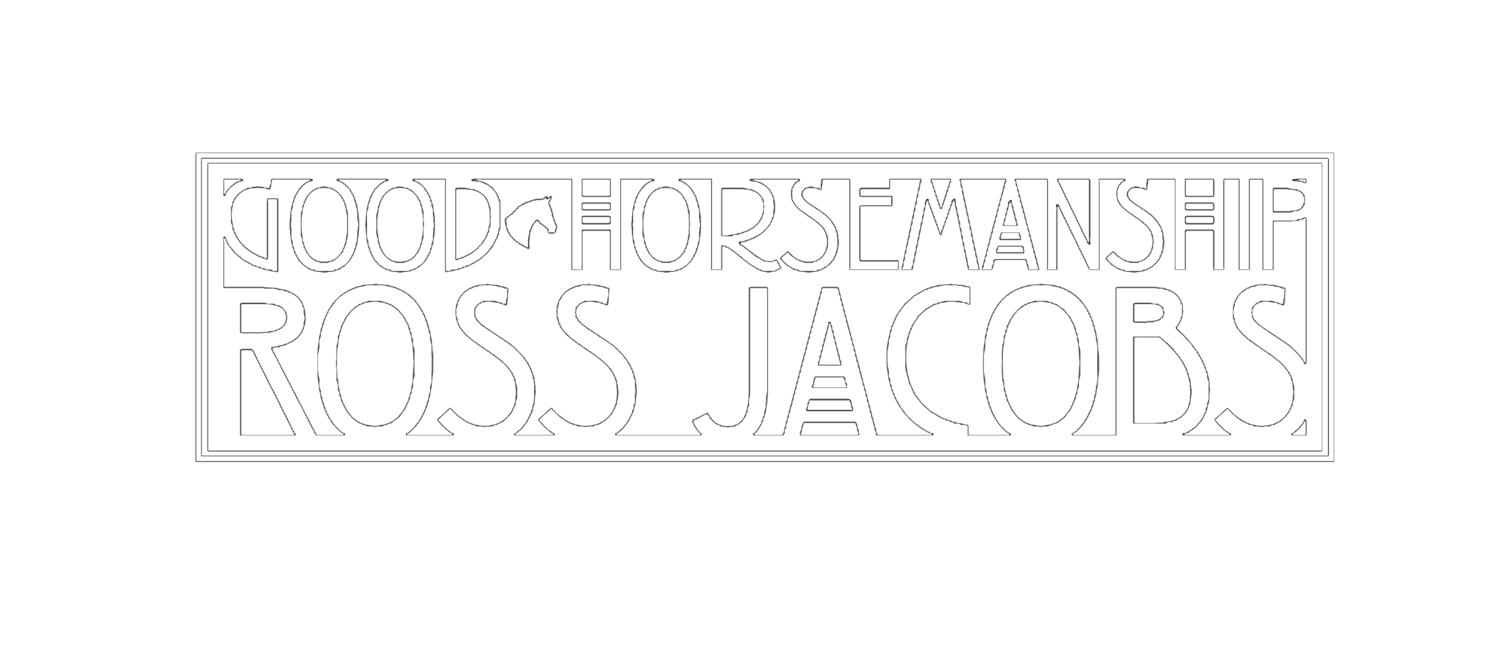At a clinic, I was helping a woman improve her horse’s focus via groundwork. I guided her through a few exercises and pointed out the spots where she needed to be more particular with her horse and the spots where she could offer it more leeway until it gained better confidence. The horse was steadily improving.
Then the woman turned to ask me if there were other exercises she could do because she didn’t want to make the mistake of the groundwork becoming monotonous and routine for her horse. I suggested a few variations and included some ideas on how she might utilize obstacles like barrels and poles to add both interest and refinement to the groundwork.
The woman said, “I wish I had the imagination to come up with these things myself.”
She made me feel like she thought I had the imagination of Roald Dahl or Salvador Dali for thinking of using barrels and poles in the way I was suggesting.
I don’t have a strong imagination. My wife has an amazing imagination. My brother has a wonderful imagination. The author, Stephen King, has great imagination. But I don’t. I have a very linear thought process. My thinking is deductive and follows a logical cause-and-effect type of reasoning. I struggle a lot to have left-field-type of ideas.
I said, “Imagination is not the criterion. The important thing is to have confidence in your ability to make a change. My confidence gives me the imagination. It is the gift that my confidence offers. I never know for sure what I will do when I get on a horse or take the lead rope, but I trust in my ability to feel what the horse is relaying to me that it needs and to be creative enough to make a change. Confidence in getting a change gives you confidence in trying things you have never tried before. Without confidence, imagination is too random and too disorganized to be of much help. Without confidence, applying of your imagination will be much more hit and miss.
So, more important than coming up with imaginative ideas to keep your horse’s interest or get a change, is the confidence that whatever you try is going to work out in some way.
It seems to me that without the confidence to achieve a change in a horse, our imagination is limited, and we are going to struggle to be effective with whatever brilliantly clever ideas we compose in our heads.
Of course, then the dilemma comes of how to achieve the level of confidence needed. I don’t have an answer to this. I believe that confidence comes from experience. The good horse people I speak to all seem to agree that experience is what separates the teacher from the student. Experience gives you the opportunity to make mistakes and learn from them. Experience is the mother of confidence. Without a lot of experience, a person has not learned from enough mistakes to have the confidence needed to apply their brilliant training ideas.
The question then comes, what is a person with limited experience meant to do? Are they supposed to rely on their teachers to present them with imaginative training ideas until they get enough experience? In part, I think the answer is yes. That’s why training programs (eg, Parelli) are so successful and popular among the less experienced horse people. However, I also think people have the ability to fake confidence.
I have talked about faking confidence before. Despite being told that a horse always knows when you know and knows when you don’t know, I still believe horses can be fooled when a human decides to fake it. It’s something experience has taught me. But it is an argument without a definitive answer, so there is no point in debating it here.
The bottom line is that if a person has enough confidence, applying imagination to the training is not difficult. Confidence comes from experience, therefore:
Experience=Confidence=Imagination=Brilliant Horse Person. Voila!
Photo: This cave painting shows a native American in Utah, USA riding a horse. The first people to ride horses must have had a huge amount of confidence and imagination to give riding a try. Today’s horse people are the beneficiaries of their confidence and imagination.
This cave painting shows a native American in Utah, USA riding a horse. The first people to ride horses must have had a huge amount of confidence and imagination to give riding a try. Today’s horse people are the beneficiaries of their confidence and imagination.

